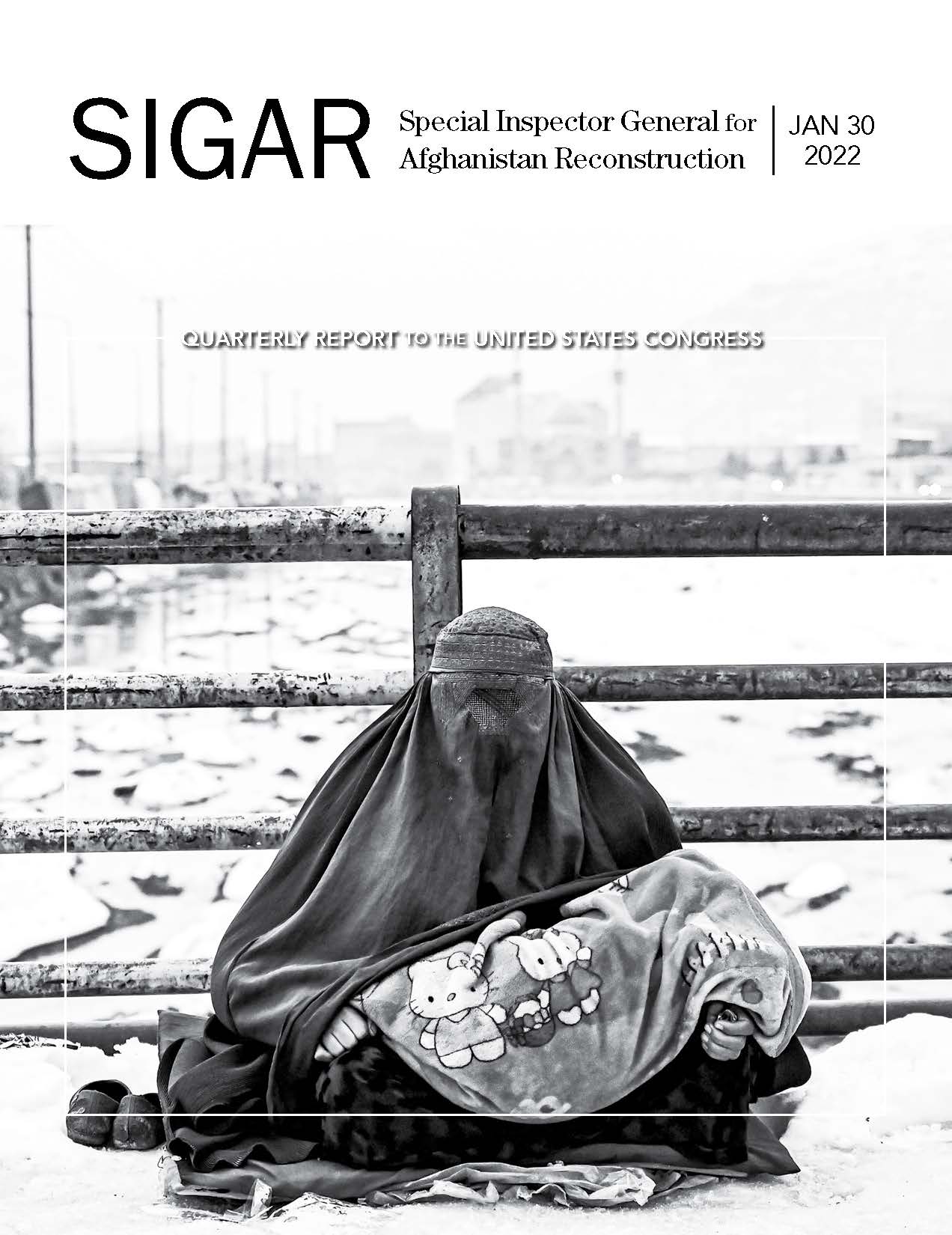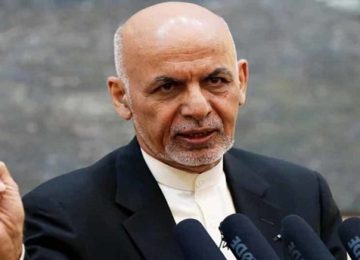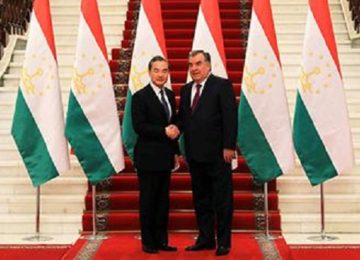January 30, 2022
The congressionally mandated report summarizes SIGAR’s audits and investigative activities. The report also provides an overview of reconstruction activities in Afghanistan and includes a detailed statement of all obligations, expenditures, and revenues associated with reconstruction.
Reconstruction Brief on Funding, Security, and Governance, Economic, and Social Development
Security Incidents Down
• Overall security incidents in Afghanistan are lower
compared to levels prior to the August 2021 collapse
of the former Afghan government.
• Islamic State-Khorasan continued mass-casualty
attacks against Shia mosques and Taliban
security forces in and around major Afghan cities,
including Kunduz in the north, the capital, Kabul,
and Kandahar City in the south.
• The reclusive Taliban supreme leader Hibatullah
Akhundzada made his first public appearances in
years in southern Kandahar Province to address
reports of abusive Taliban commanders.
Afghanistan Faces Economic and Humanitarian Crisis
• The United Nations Development Programme and
the International Monetary Fund estimated the
Afghan economy, as measured by GDP, will have
contracted by 20–30% in 2021.
• As of December 2021, the UN World Food
Programme estimated that 22.8 million Afghans face
acute malnutrition, 8.7 million of whom are nearing
famine. The World Health Organization estimated
one million Afghan children are at risk of dying from
starvation this winter.
International Assistance to Afghanistan Evolves
• On December 22, the Treasury Department
broadened the types of activities authorized
under U.S. licenses, and the UN Security Council
established a UN sanctions exemption to facilitate
the delivery of humanitarian and other forms of aid
to Afghanistan.
• On January 11, 2022, the White House announced
an additional $308 million in U.S. humanitarian aid
for Afghanistan. On that same day, the UN launched
a $5 billion funding appeal for its 2022 Afghanistan
Humanitarian Response Plan, the largest single-country aid appeal in UN history.
• On January 26, the UN announced an additional
appeal for $3.6 billion as part of its Transitional
Engagement Framework. In total, the framework
calls for more than $8 billion in humanitarian and
other aid for Afghanistan.
U.S. Reconstruction Funding
• Cumulative appropriations for reconstruction
and related activities in Afghanistan since
FY 2002 declined slightly to $145.87 billion due
to reprogramming of funds in the quarter ending
December 31, 2021.
• Of $112.00 billion (77% of the total) appropriated
to the six largest active reconstruction accounts
examined this quarter, about $3.69 billion remained
for possible disbursement.
• The UN’s Office for the Coordination of
Humanitarian Affairs reported that donors
contributed $1.67 billion for Afghanistan
humanitarian assistance programs in 2021. The
United States contributed the largest amount, over
$425 million. These amounts far exceeded previous
years’ humanitarian assistance.
• DOD’s latest Cost of War Report, dated June 30,
2021, said its cumulative obligations for Afghanistan,
including U.S. warfighting and reconstruction, had
reached $839.8 billion. Cumulative reconstruction
and related obligations reported by State, USAID,
and other civilian agencies reached $49.7 billion.
• The Costs of War Project at Brown University’s
Watson Institute estimated Afghanistan war costs
at $2.26 trillion. That total includes DOD and
civilian agency costs in Afghanistan and Pakistan,
a portion of DOD costs since 2001, veterans’
medical and disability costs, and interest costs
on war-related borrowing.
Read the full report here: https://www.sigar.mil/pdf/quarterlyreports/2022-01-30qr.pdf








